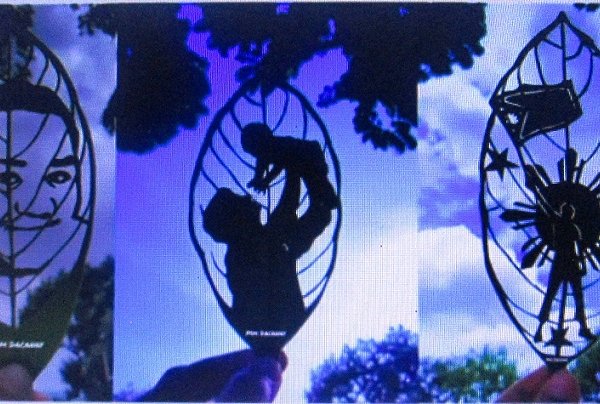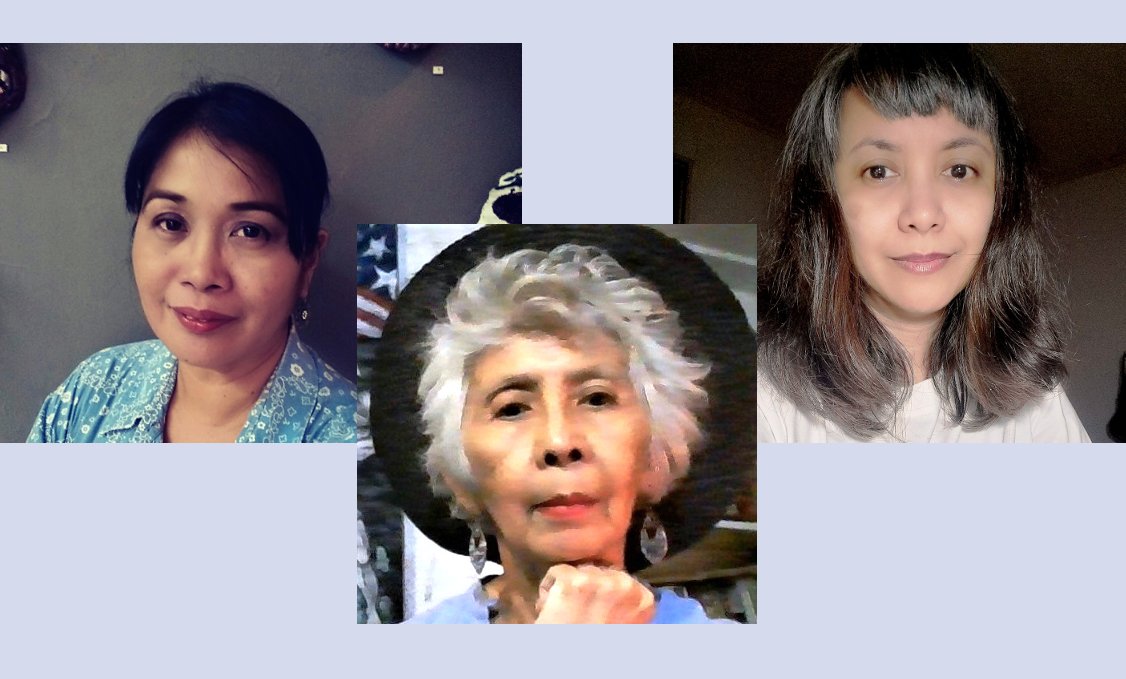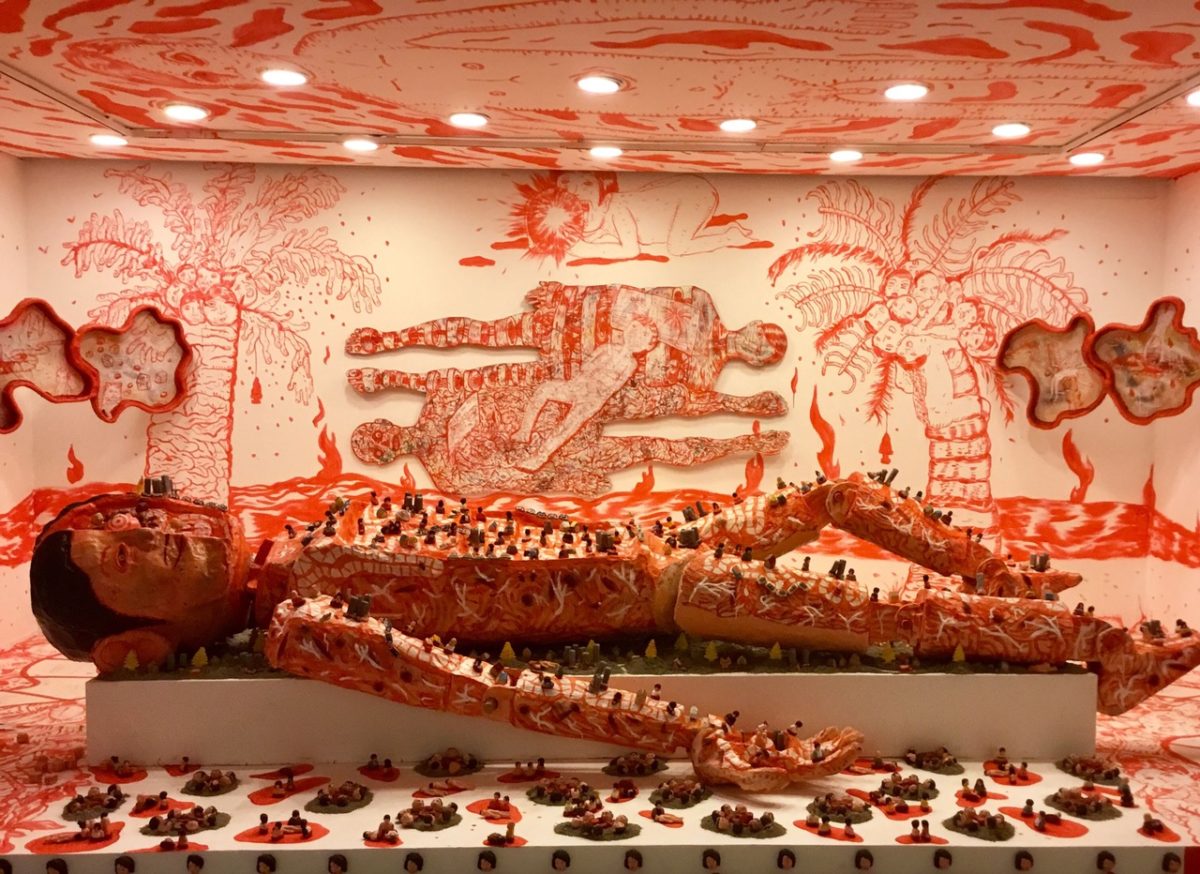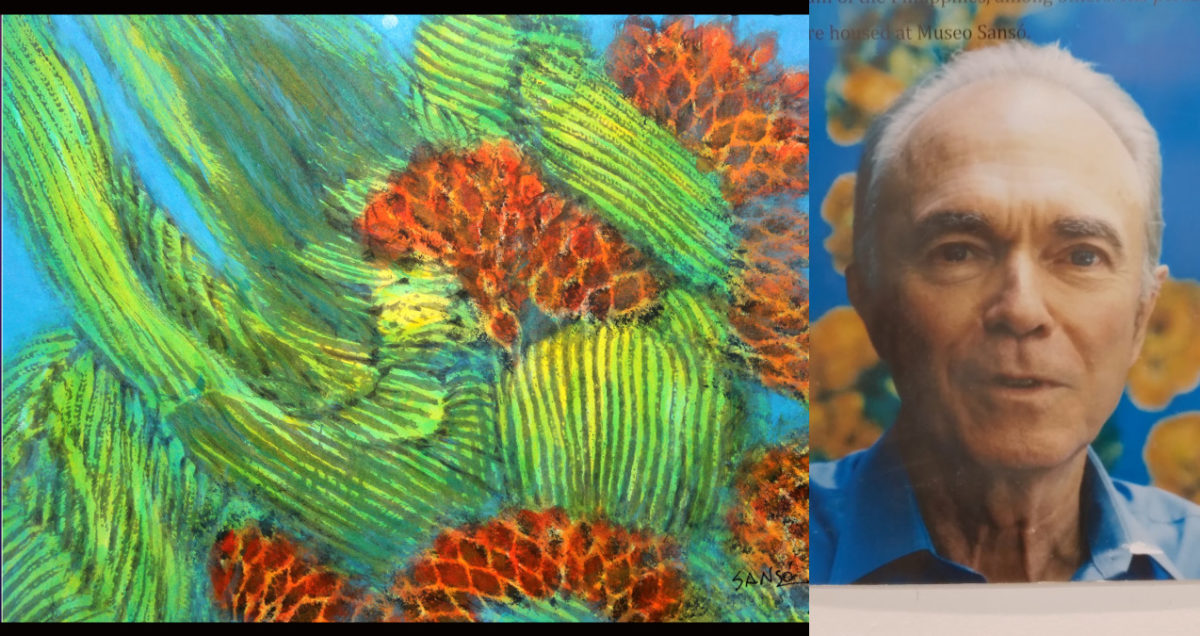Allegories & Realities, Ofelia Gelvezon-Tequi: In Retrospect has been relaunched as a virtual exhibition at the Cultural Center of the Philippines website as part of its 50th anniversary.
Curated by Ma. Victoria Herrera, the former head of CCP Visual Arts and now, director and chief curator of the Ateneo Art Gallery, the retrospective spans five decades of Ofelia Gelvezon-Tequi’s (b. 1944) art, from colorful prints to paintings on silk, linen, and paper, and still life.
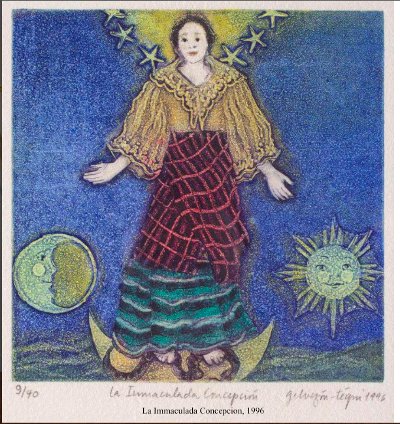
It opens with Gelvezon-Tequi’s early prints such as landscapes of the sea and mountains, trees, and boulevards. Religious images abound in her prints such as seen her estampitas series featuring the Virgin Mary, saints, angels, and Nativity scenes.
Self-Portraits
Her earliest self-portrait shows her in conversation with her own shadow, entitled Sacra Converzione (1980), wearing long red fingernails, a luxury that printmakers could not really indulge in real life. Other self-portraits include a series, Sta.Ofelia Virgin y Martir (1984) where she portrays herself as a printmaker.
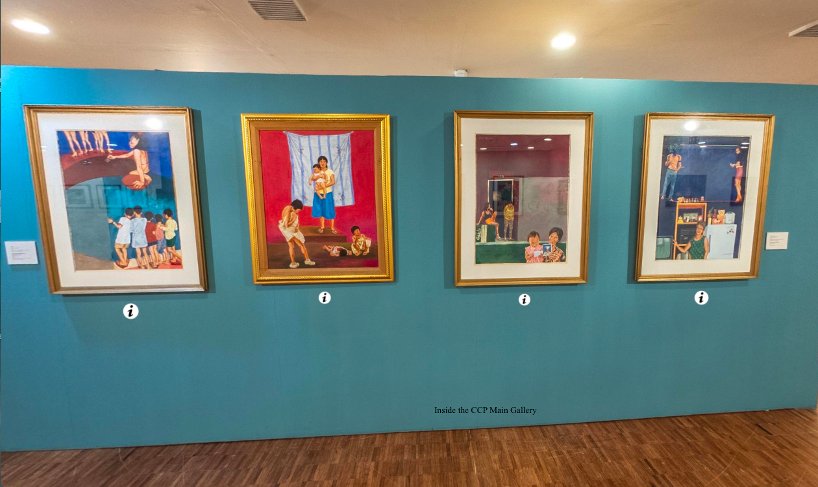
Gelvezon-Tequi is known for the use of allegory to express her views on societal problems and issues of the day. Medieval and biblical references are transposed to a Philippine social setting and history, celebrating the tenacity of ordinary Filipinos to persist and get on with their lives.
Joy and Sorrow
The Filipinos’ devotion to the Holy Rosary is depicted in her series on the Joyful and Sorrowful Mysteries that portray the everyday concerns of Filipinos. The Second Joyful Mystery (1993) refers to the Visitation with Virgin Mary personified as an Overseas Filipino Worker, arriving home after years of toiling overseas. The Second Sorrowful Mystery (1995) is the Scourging of the Pillar or the flagellation of Christ. It shows a “village sinner” who wants pardon for his sins by beating himself during Holy Week. The scantily clad dancers and the fruit vendors also suffer with the beatings of poverty.
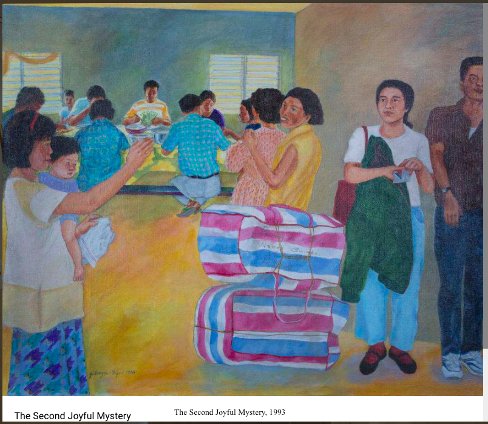
In the 1990s, Gelvezon-Tequi produced a series of works in acrylic painting based on an epic poem, Works and Days by the ancient Greek poet Hesiod. Her Philippine Works and Days include sketches of family life and social practices related to funerals such as playing mahjong, serving endless food and drinks during a wake, and the ubiquitous family portraits.
Two large paintings of the same title, Visions of Bodhisattva (1999/2000) depict a former Philippine president engrossed in playing a video game; almost disappearing at the far end of the frame, a destitute mother and child staring. In the second painting, the same president is still lost in virtual reality, oblivious to the needs of Filipinos. At the center is a Tibetan word for compassion. It seems that Bodhi or enlightenment is almost impossible to attain in the vicious cycle of poverty in the country.
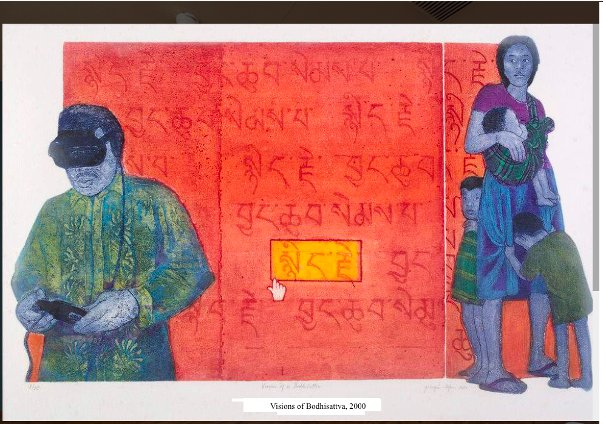
In Honor of Ambrogio Lorenzetti
Gevelzon-Tequi presents a three-panel print of Philippine society titled Homage II to Ambrogio Lorenzetti (1987). It is inspired by Italian painter Ambrogio Lorenzetti’s (ca. 1290-1448) frescoes, The Allegory of Good and Bad Government, found in Siena’s Palazzo Pubblico.
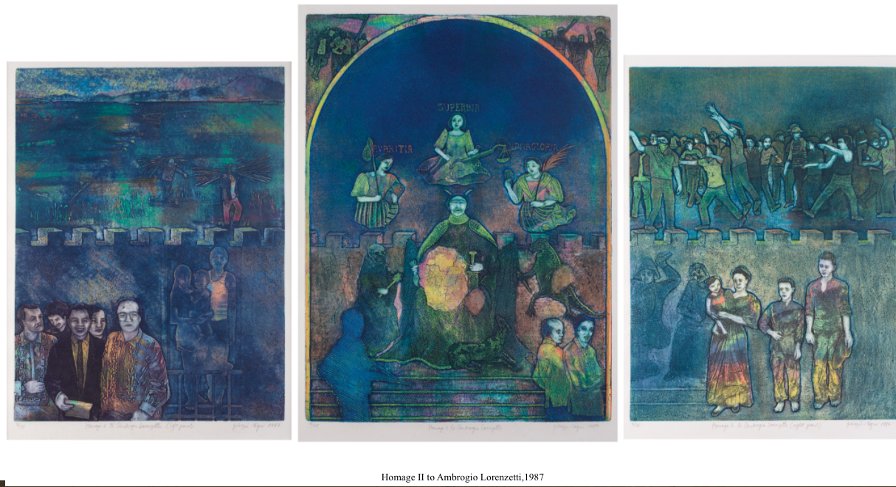
It shows the tyrant seated in the middle panel, surrounded by vices of vanity, pride, and greed. On his left is the crocodile, the buwaya, which symbolizes corrupt and greedy politicians. On his right is a skeleton that stands for violence and death. The left panel of the triptych shows the effect of bad government in the countryside with farmers working the land and politicians each holding a piece of paper, referencing the Tagalog slang of “pumapapel” or “epal” or shameless self-promotion. The right panel shows urban protests and violence.
In Allegory I and Allegory II (1995), the artist depicts the effects of bad government on Philippine society, a decade after her prints based on Lorenzetti’s frescoes. Different characters personify the ills of Philippine society based on their position in the hierarchy of power or powerlessness—bar dancers, an impassive matron, or the military.
Printmaker and Painter
With two degrees in Fine Arts and English from the University of the Philippines Diliman, Gelvezon-Tequi also earned diploma in painting (1967) from the Academia di Bella Arti di Roma, Italy, and did special studies in graphic arts (1968) from the Pratt Institute, New York City.
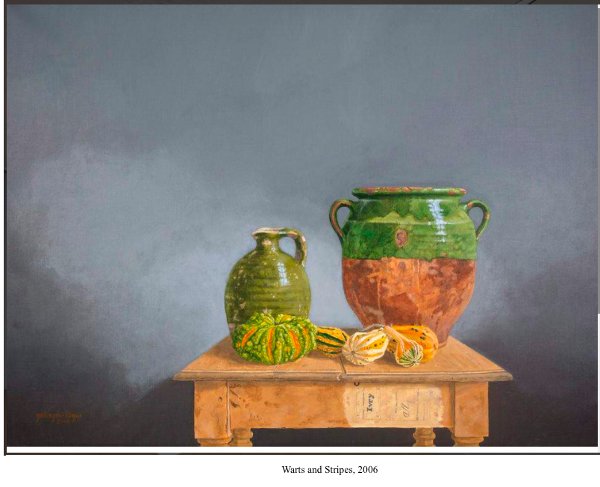
Her awards include the Thirteen Artists Award, Cultural Center of the Philippines in 1972, its first female recipient; a gold medal for printmaking, 35th Annual Art Competition and Exhibition, Art Association of the Philippines, 1982; Quatrième Mention of the XVIII Salon Ile de France at Bourg-la-Reine, 1985; Michiko Takamatsu Prize, Japan, Salon des Artistes Français, Espace Auteil, Paris, 2002, the Lucien and Jonas Prize at the Salon des Artistes Français, Espace Auteil, Paris, 2003; and the Natividad Galang Fajardo Honors for Visual Arts, 2014, Ateneo Library of Women’s Writings (ALIWW), Ateneo de Manila University, 2014.
Despite living in France since 1973, Gelvezon-Tequi has maintained a presence in the local art scene, exhibiting her works regularly. Maintaining an astute connectedness in being Filipino, she asserts, “I don’t address myself to the French, but to Filipinos.”

